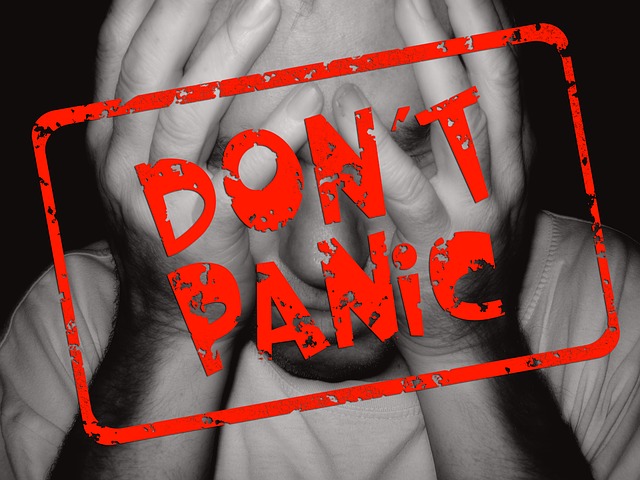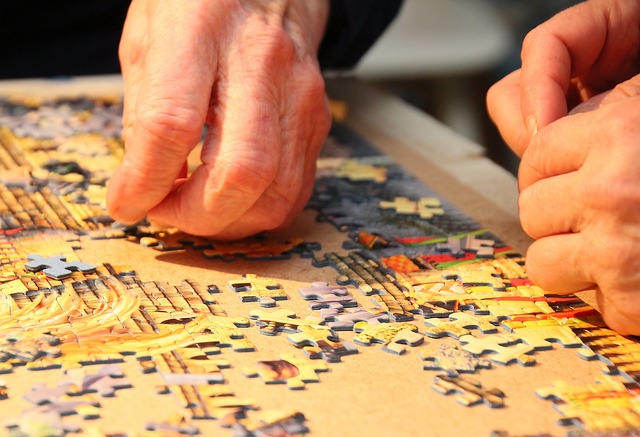If you experience a panic attack when you wake in the morning, it is extremely difficult to manage your reaction.
Deep breathing may be virtually impossible because you are so agitated. Trying to reframe the situation – think differently about the cause of the anxiety and resultant panic – is impossible because you do not know what set off the panic attack. The anxiety that set off the panic attack is the result of something you experienced in your sub-conscious while you were asleep.
Normally when we are awake, we can isolate a thought or event that generated fear and anxiety in us. When you awake with a panic attack, you are incapable of isolating the cause.
Mel Robbins suggests an approach which could help you manage a morning panic attack. The steps she suggests are:
- get out of bed (the physical act of moving will help your body experience a “moving away” from the cause of the anxiety).
- Think of something – an event/location/person – that generates pleasure and enjoyment for you (e.g. you might visualize a relaxing beach scene)
- Stay with this vision as you count backwards from five – then say to yourself that you are excited to be at the beach (you are giving your mind a reason for the positive arousal that you feel – a way of replacing the fear reaction that caused the panic attack).
Mel Robbins explains the steps in detail in the following four minute video:
As you develop your mindful practice in other times and arenas of your life, you will grow in mindfulness and spend less time being anxious about the future because you will be more grounded in the present. Daily mindfulness practice will gradually erode the root cause of your anxiety and panic attacks.
Image Source: Courtesy of geralt on Pixabay

